Caon Design Office and Woolmark reshape the form and feel of airline seats
The Modulo concept for a new generation of airline seats uses Merino wool as the primary surface, proposing a fresh approach to materials for transportation design
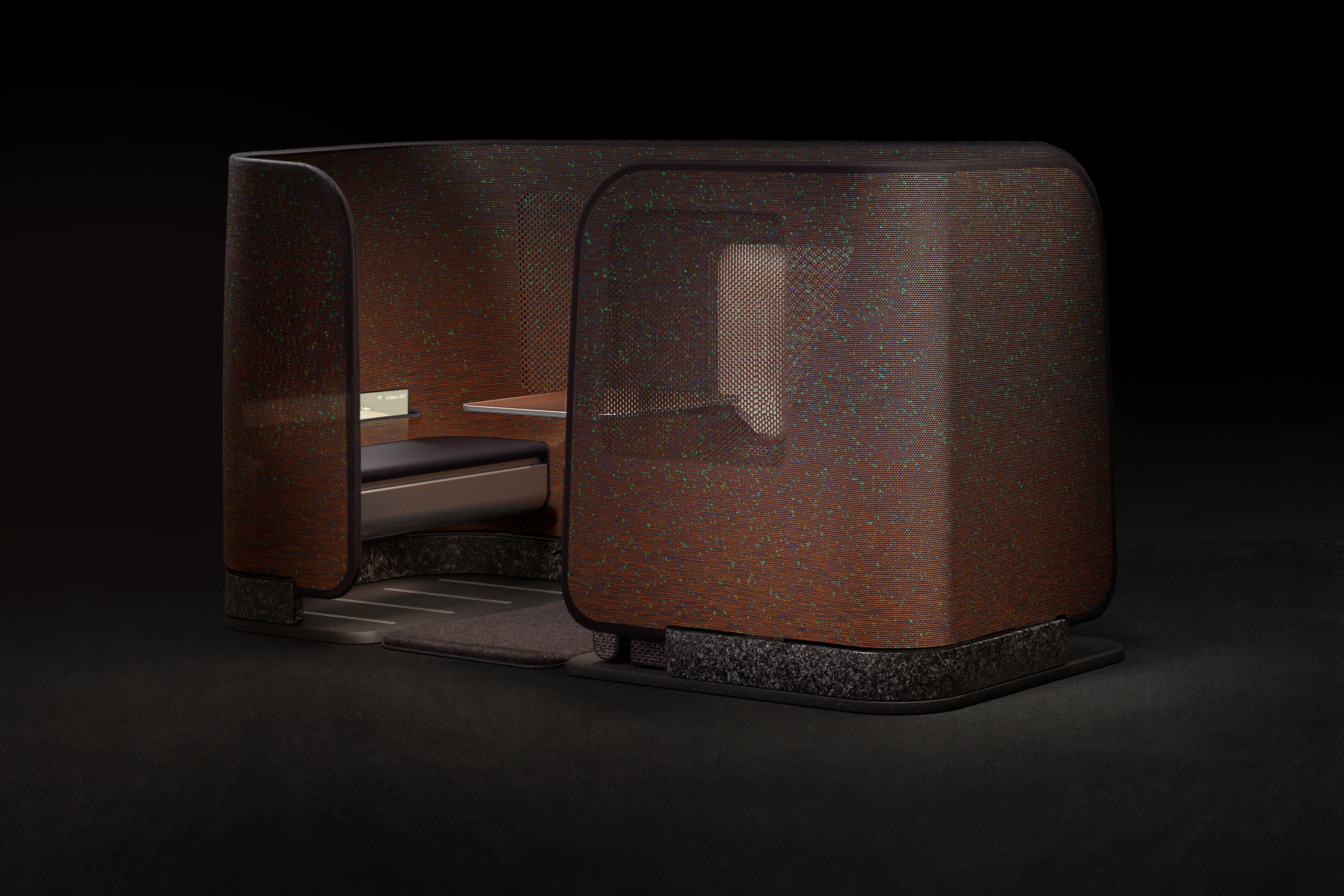
This fabric-swathed enclosure is an exclusive presentation of a new concept for airline seats by Caon Design Office and Woolmark. ‘Modulo’ is an attempt to solve several issues at once in the fiercely competitive and regulation-heavy aviation seating market.
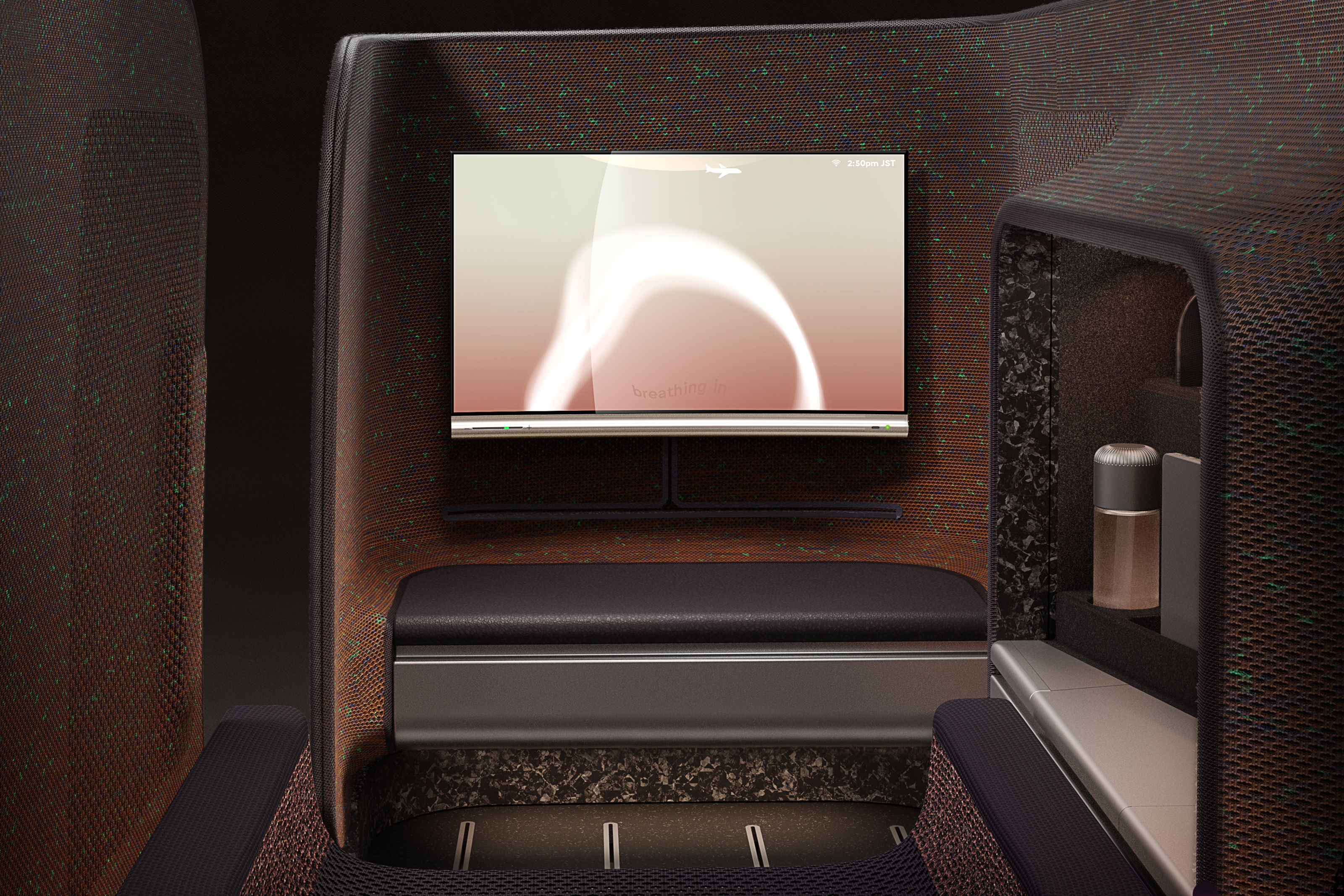
Why wool works for Caon Design Office’s airline seats
The key innovation is the use of Australian Merino wool as the primary material. Caon’s research led it to this 100 per cent natural and renewable fibre, which is not only biodegradable but is famously soft, while also breathable and strong. Working with Woolmark, Caon’s Modulo concept, shown here in a First Class configuration in a series of exclusive renders, cuts down on overall weight and also makes interior overhauls much more practical.
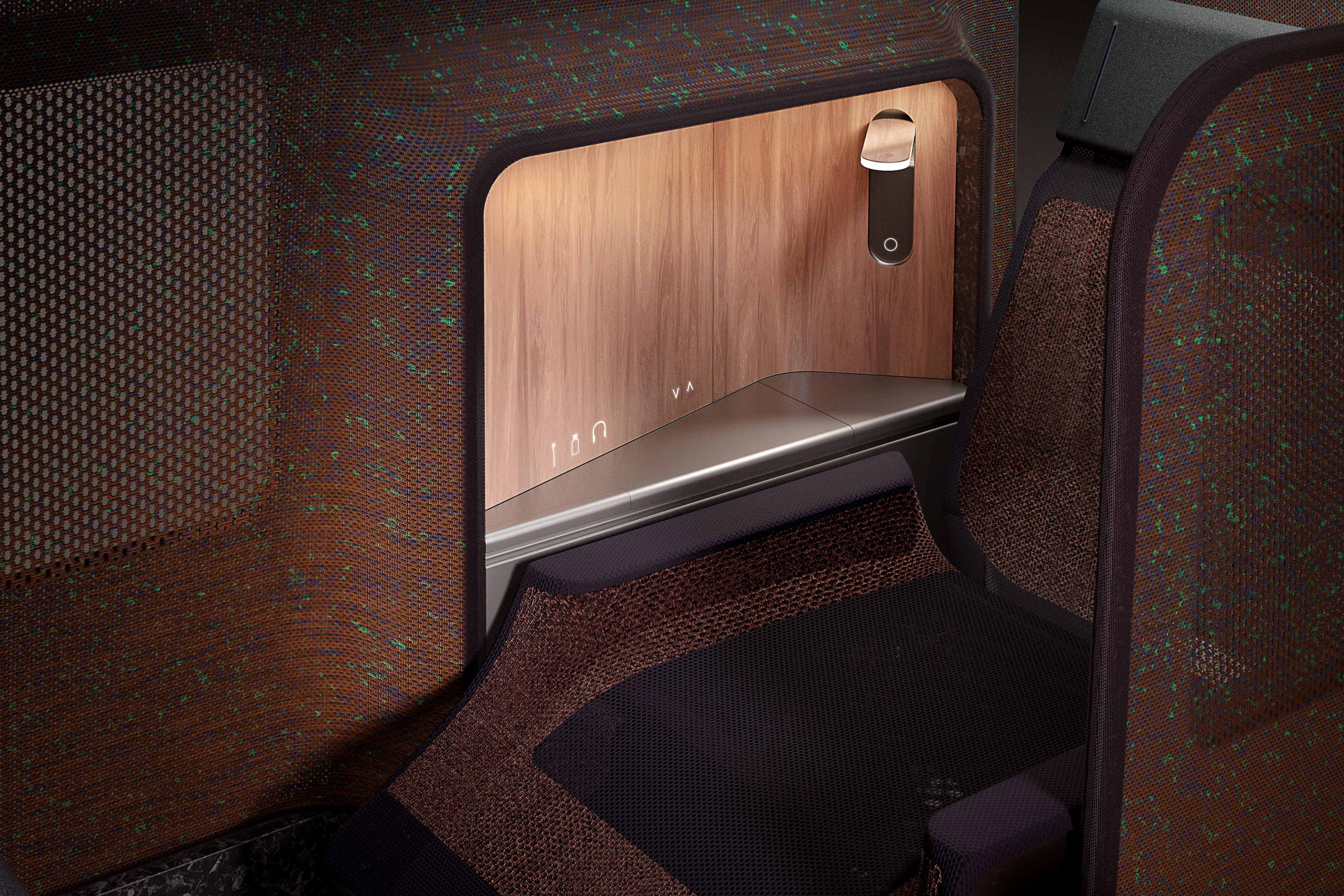
‘In exploring how to expand the capability of the wool fibre within the airline industry, we address a major bugbear of airlines in that they have to spend huge sums of money and time in changing the feel of their cabin interiors,’ says studio founder David Caon. ‘Passengers will also benefit by having more of this wonderful material which breathes and allows us to play with light and opacity to create new scenarios for privacy and relaxation.’
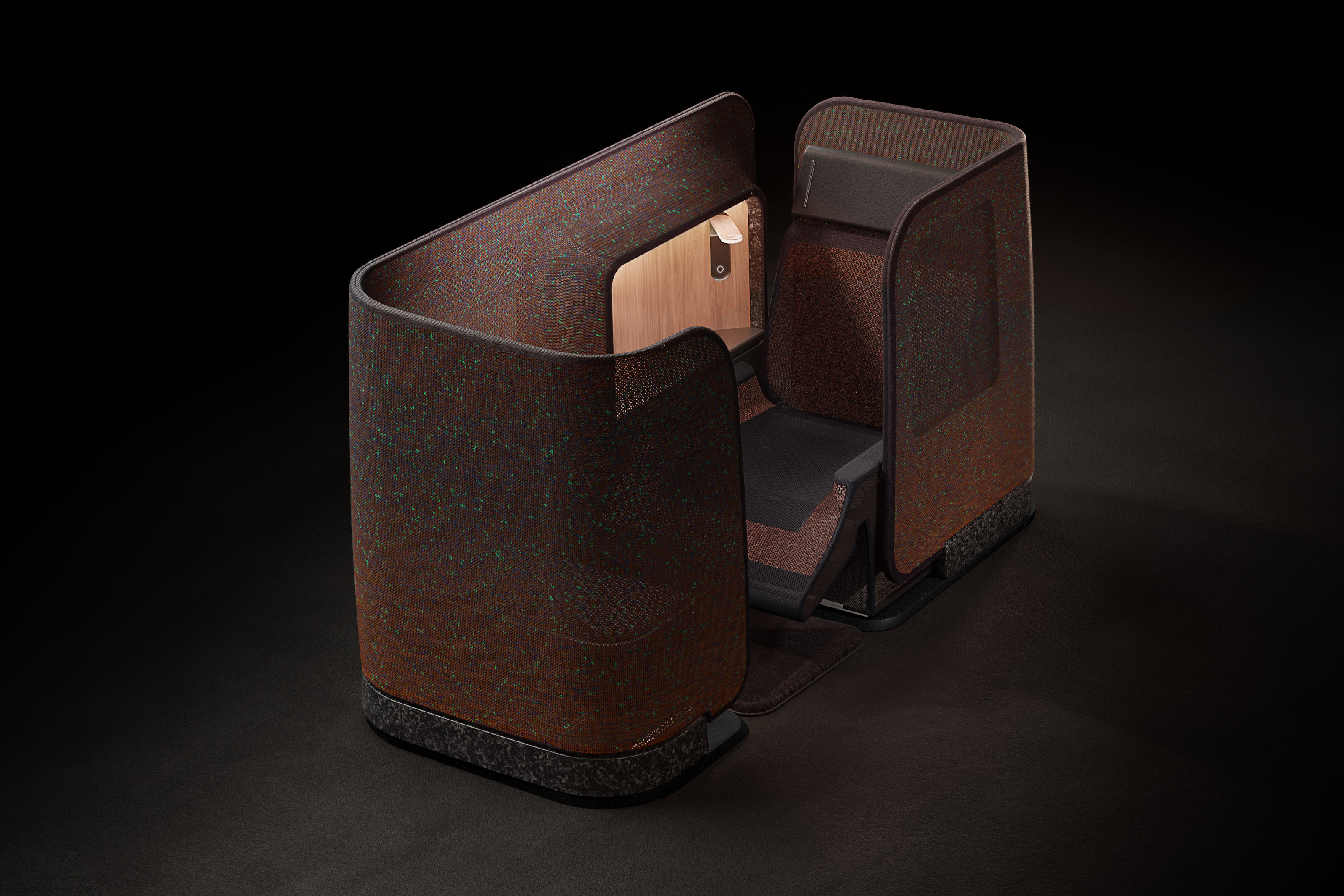
The tactile qualities of the seat are emphasised by the material’s being sculpted into a series of soft organic forms, combining transparency, opacity, storage, sensors, and screens into a seamless environment that can be easily swapped out to reflect changes in branding and identity.
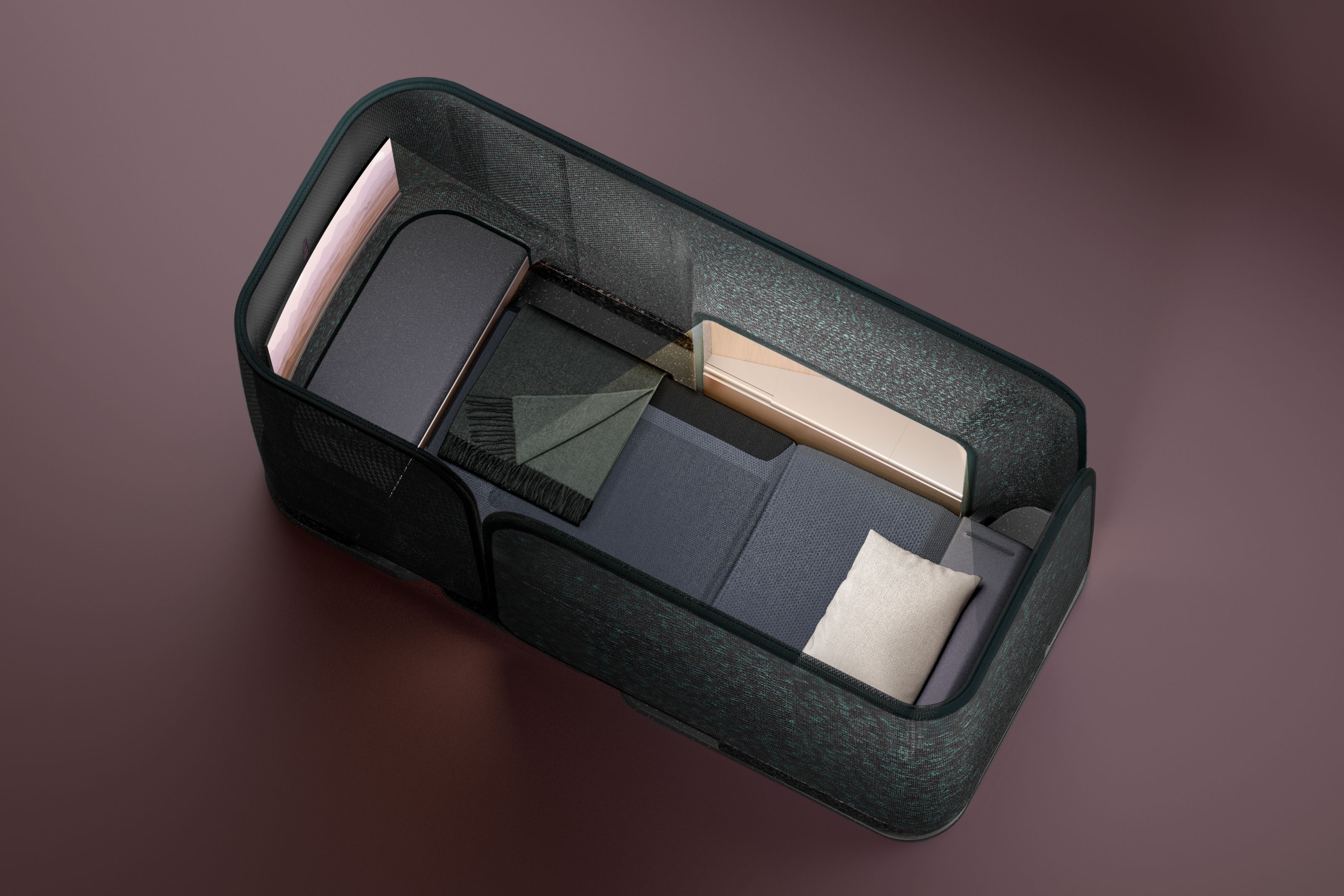
The sensors are another pioneering element of the design. Strategically placed to monitor and regulate the seat temperature, they also encourage and prompt movement at key points throughout the duration of the flight to ensure the healthiest experience for passengers.

The Merino wool forms a core component of a new 3D-knitted wool membrane, a surface that is significantly lighter than the conventional combination of a composite structure and material cladding. Weight saving is a primary method of reducing overheads and emissions in the embattled aviation industry. These woollen elements are paired with a structural framework of titanium, aluminium, and carbon fibre that forms the core of the transformable seat mechanism.
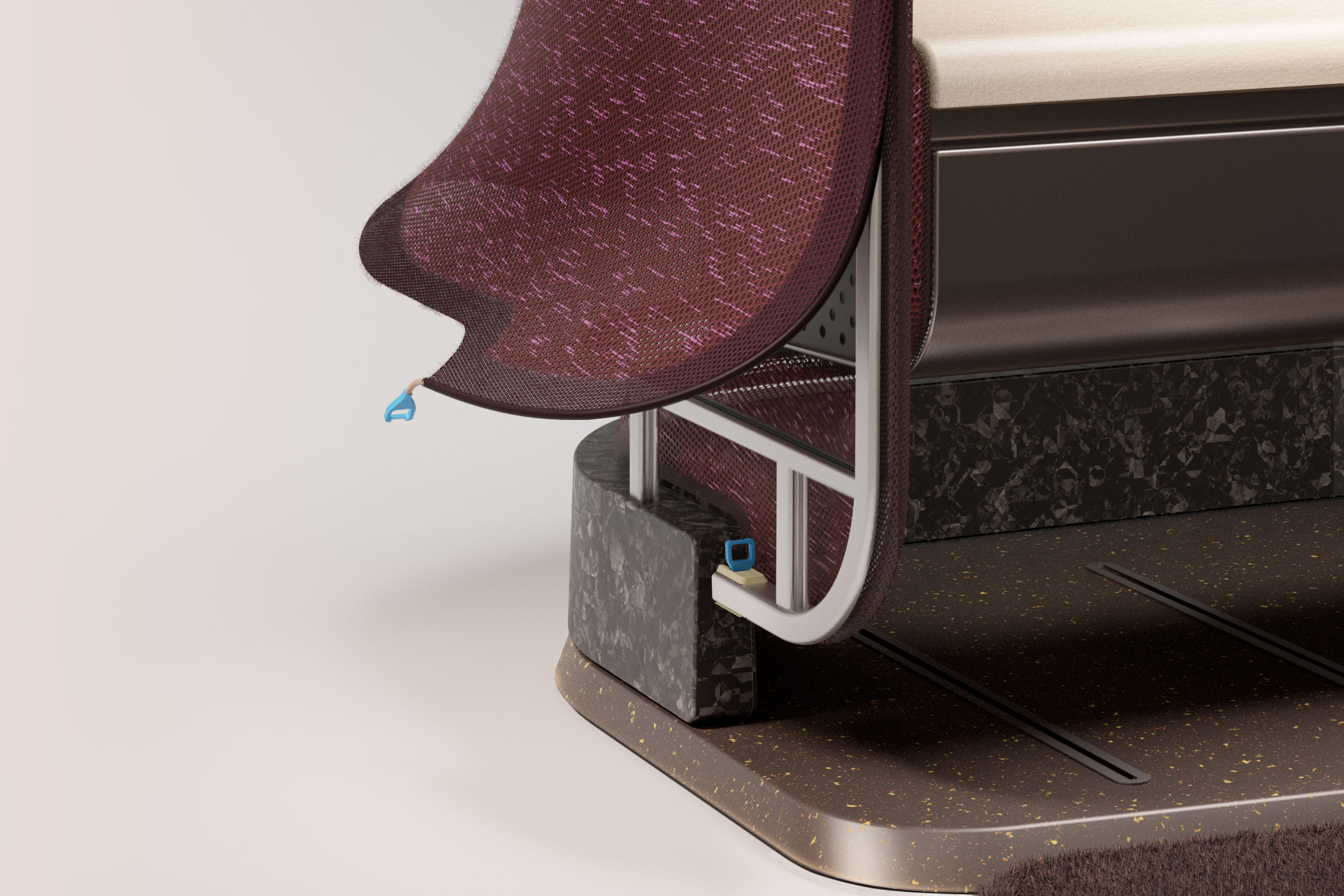
The pliability of the wool membrane enables a seamless transition from open to private enclosure, while the knitting methods also reduce the amount of foam support within the seat itself. All this is held in place with a specially developed quick-release mechanism, effectively turning the entire seat enclosure into a giant seat cover. Costly refits and expensive downtime would be a thing of the past.
Receive our daily digest of inspiration, escapism and design stories from around the world direct to your inbox.
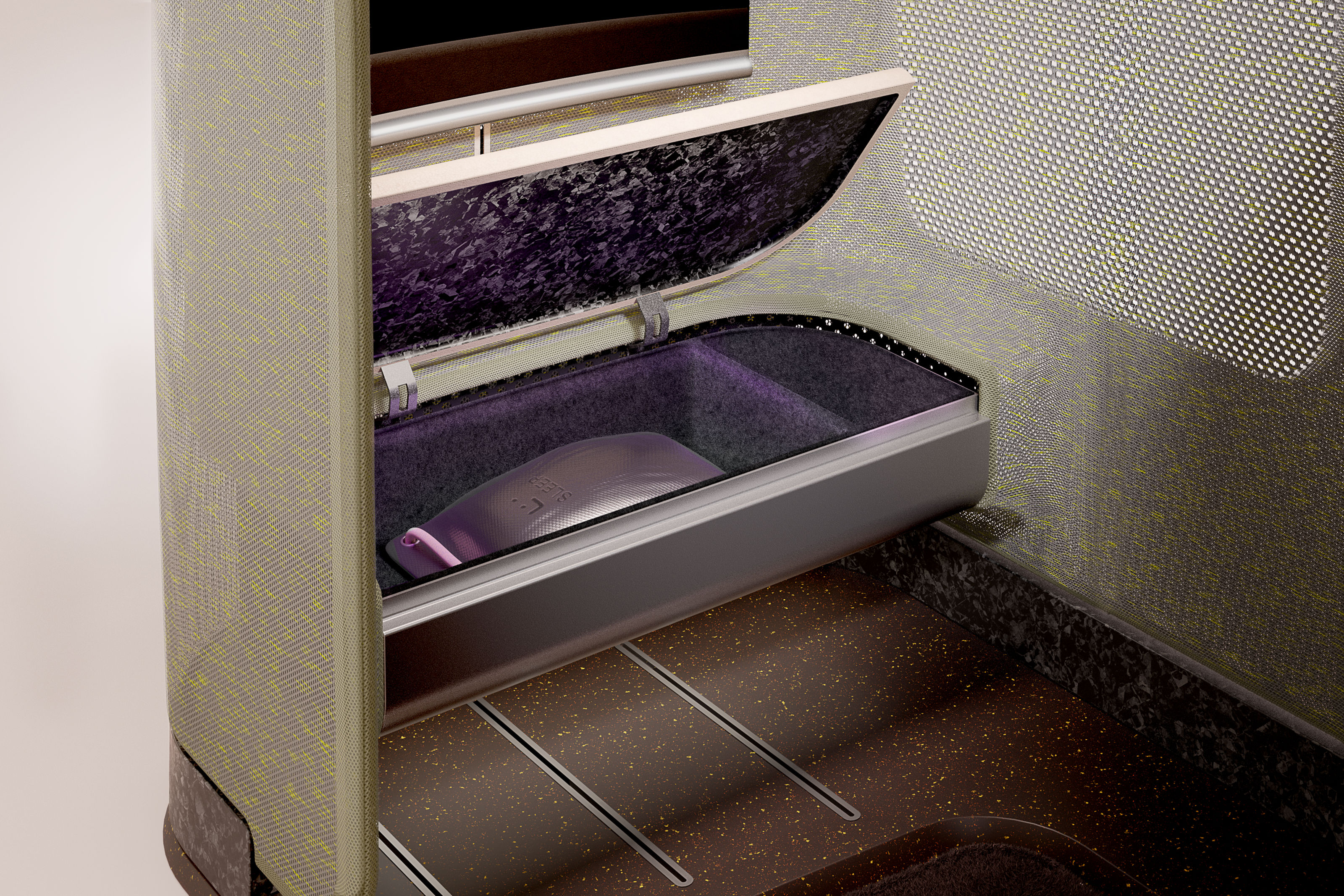
Caon set up his studio in 2009 after working with George Sowden and Jerszy Seymour in Milan and collaborating with Marc Newson in Paris. Caon Design Office has worked on a variety of projects, from brand identity and graphics through to interior architecture, with a long-standing relationship with Qantas (Caon designed the Qantas Airbus A350 cabins we tried out in 2023).
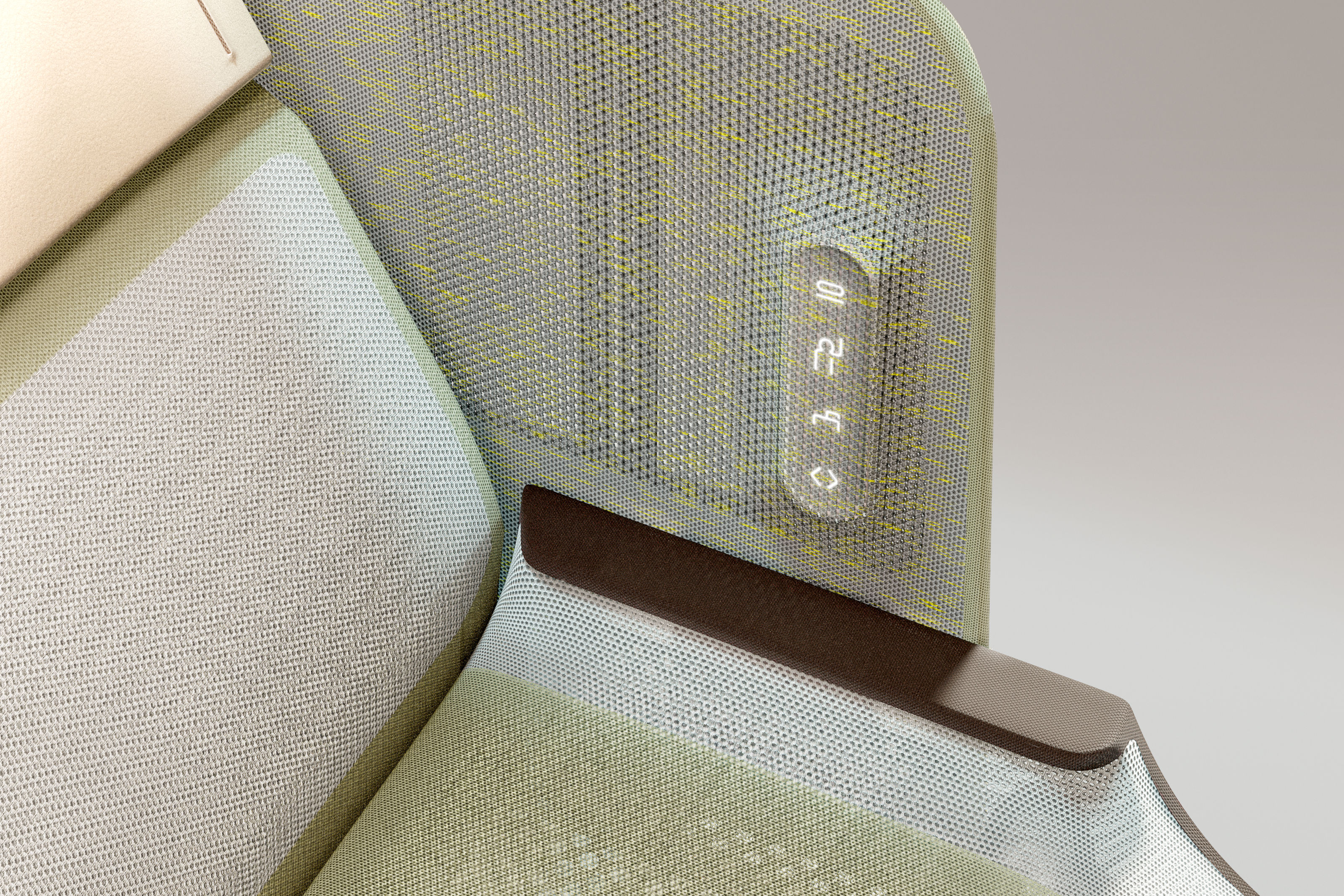
The Modulo concept is just one expression of this new material approach, which Caon hopes can be applied to all forms of contemporary transportation. ‘The concept's adaptability ensures that as we move towards more sustainable and technologically advanced transport options, Modulo can seamlessly integrate, enhancing passenger comfort and experience across various travel ecosystems,’ the studio notes.
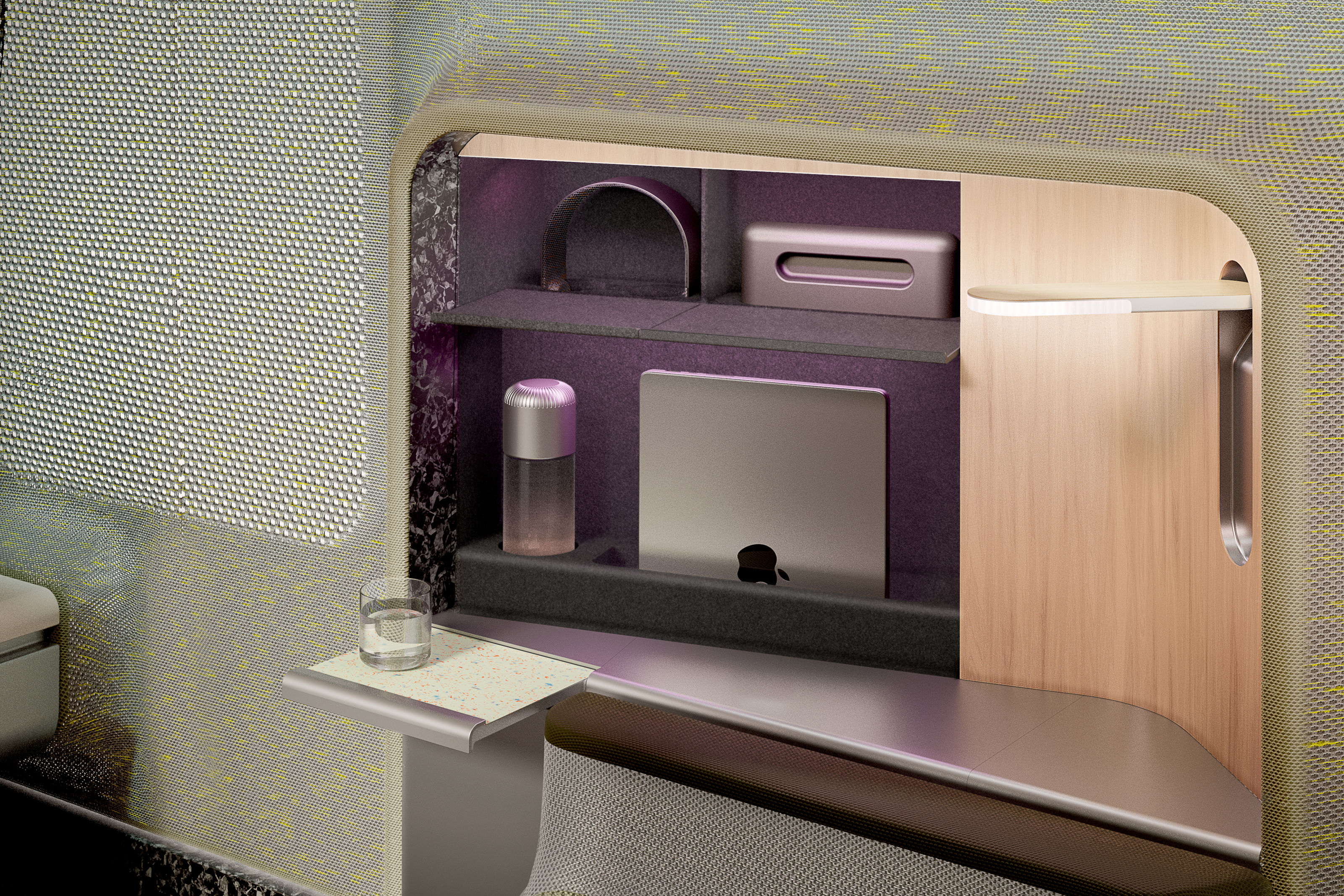
CaonDesignOffice.com, @CaonDesignOffice
Jonathan Bell has written for Wallpaper* magazine since 1999, covering everything from architecture and transport design to books, tech and graphic design. He is now the magazine’s Transport and Technology Editor. Jonathan has written and edited 15 books, including Concept Car Design, 21st Century House, and The New Modern House. He is also the host of Wallpaper’s first podcast.
-
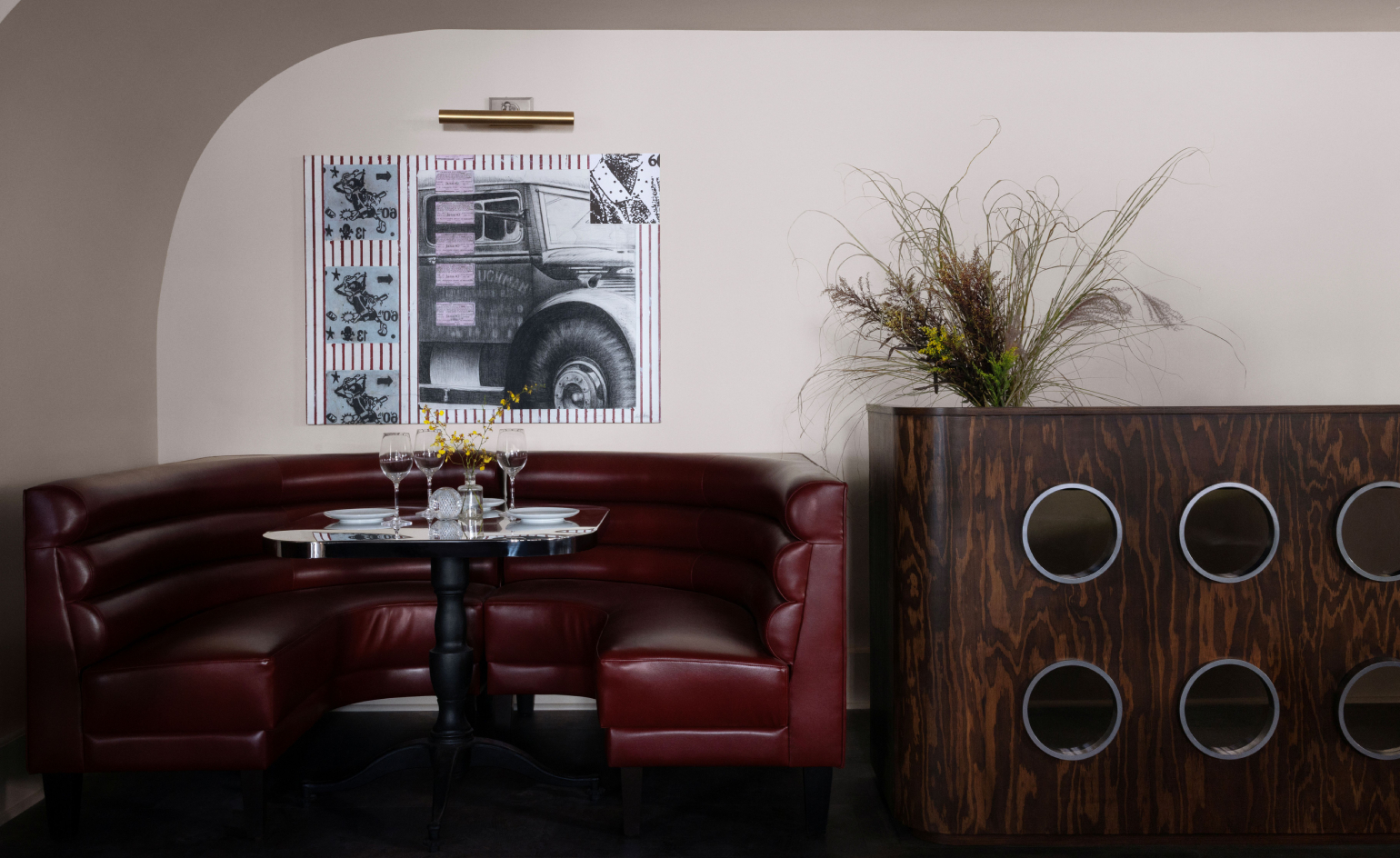 This late-night hangout brings back 1970s glam to LA’s Sunset Boulevard
This late-night hangout brings back 1970s glam to LA’s Sunset BoulevardGalerie On Sunset is primed for strong drinks, shared plates, live music, and long nights
-
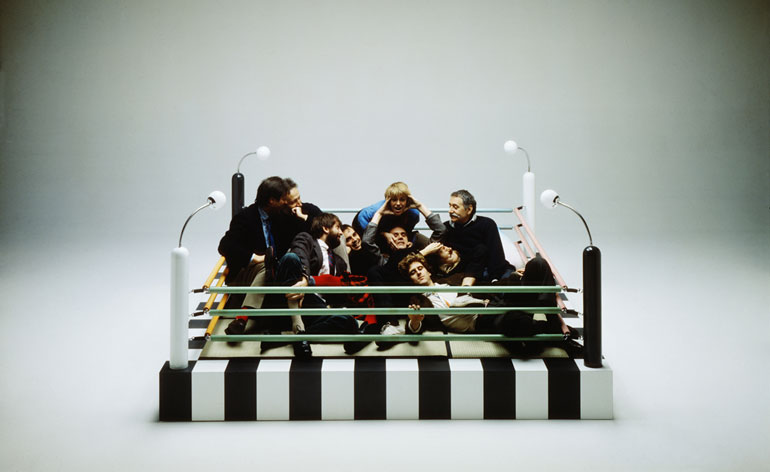 How Memphis developed from an informal gathering of restless creatives into one of design's most influential movements
How Memphis developed from an informal gathering of restless creatives into one of design's most influential movementsEverything you want to know about Memphis Design, from its history to its leading figures to the pieces to know (and buy)
-
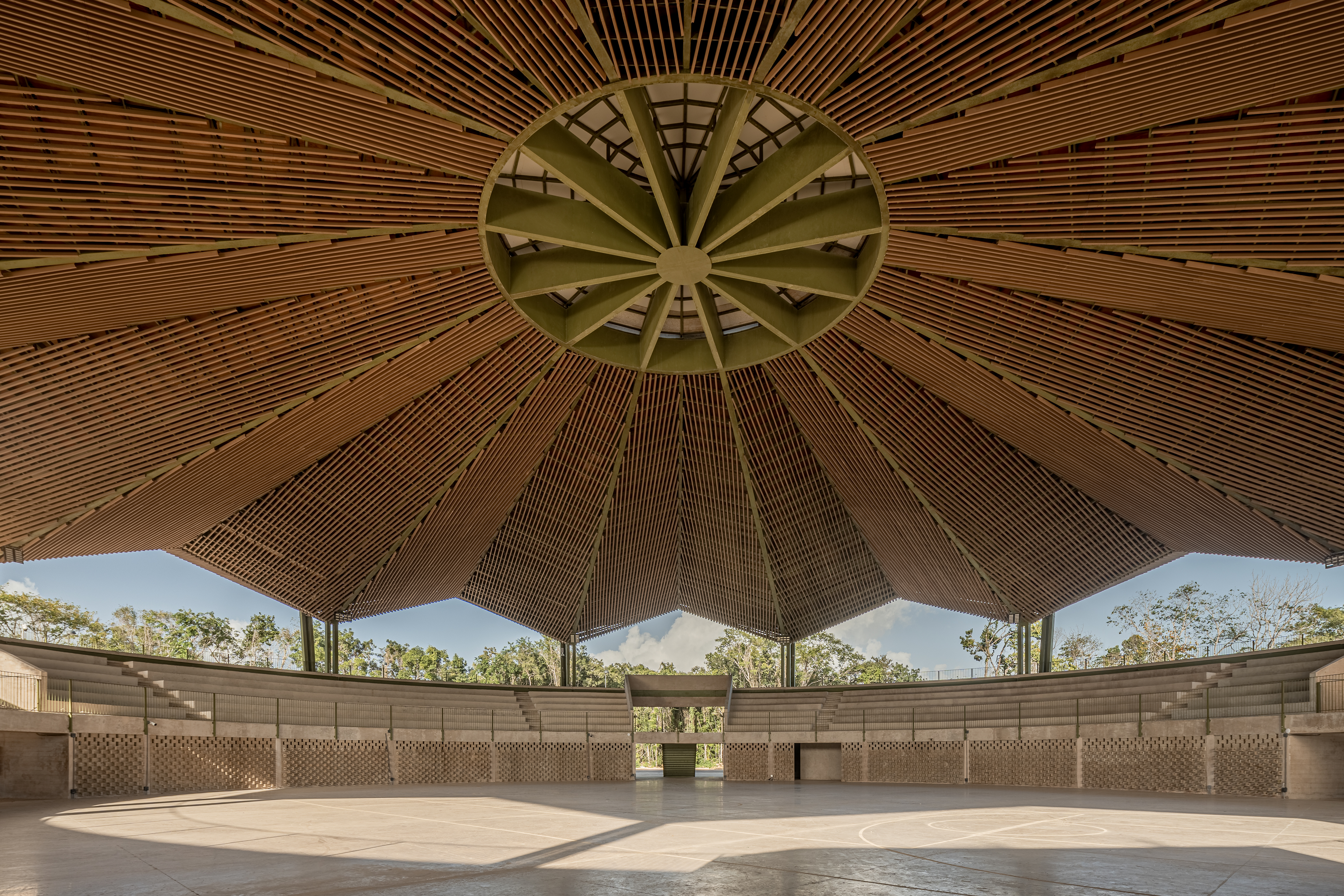 Aidia Studio's mesmerising forms blend biophilia and local craft
Aidia Studio's mesmerising forms blend biophilia and local craftMexican architecture practice Aidia Studio's co-founders, Rolando Rodríguez-Leal and Natalia Wrzask, bring together imaginative ways of building and biophilic references